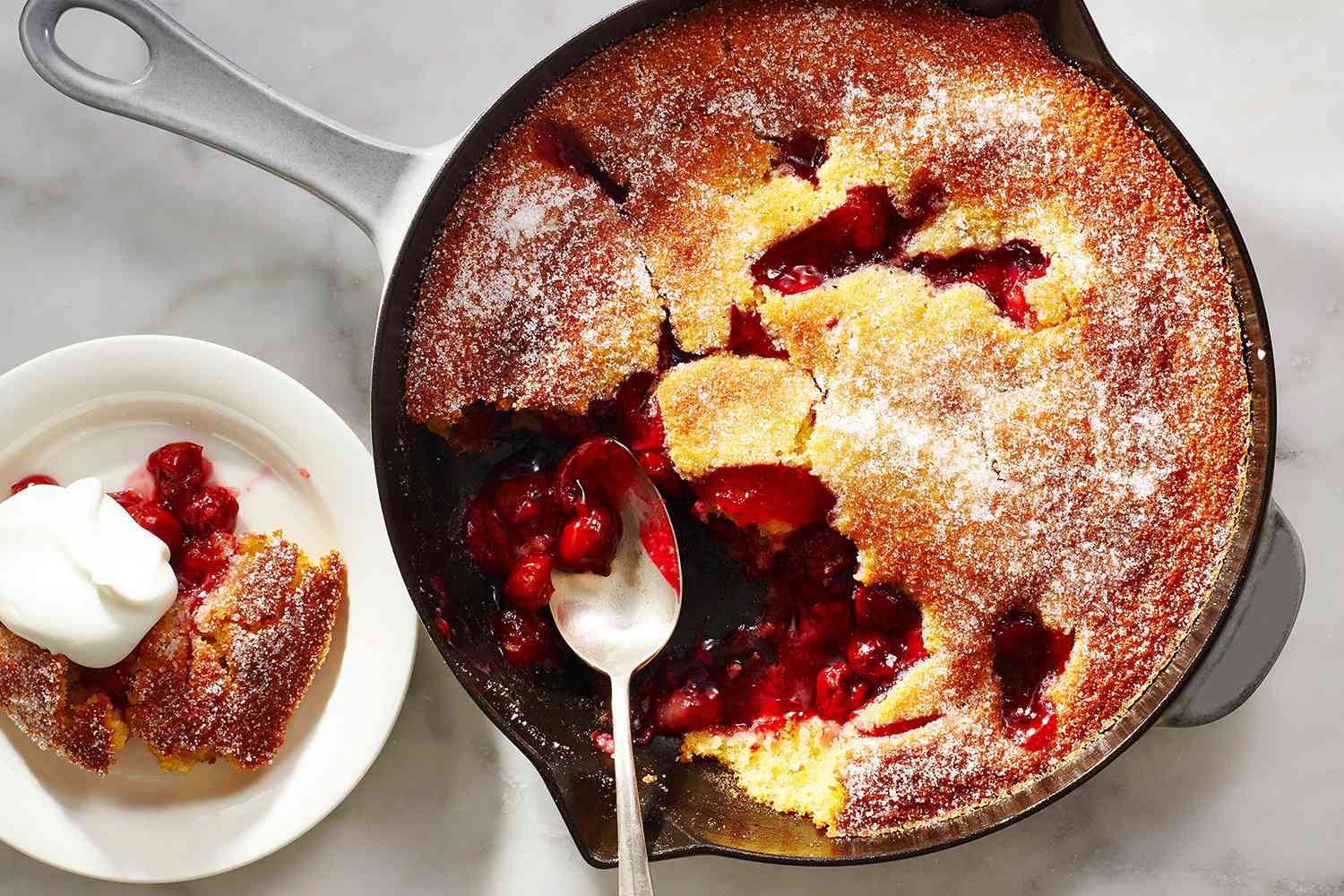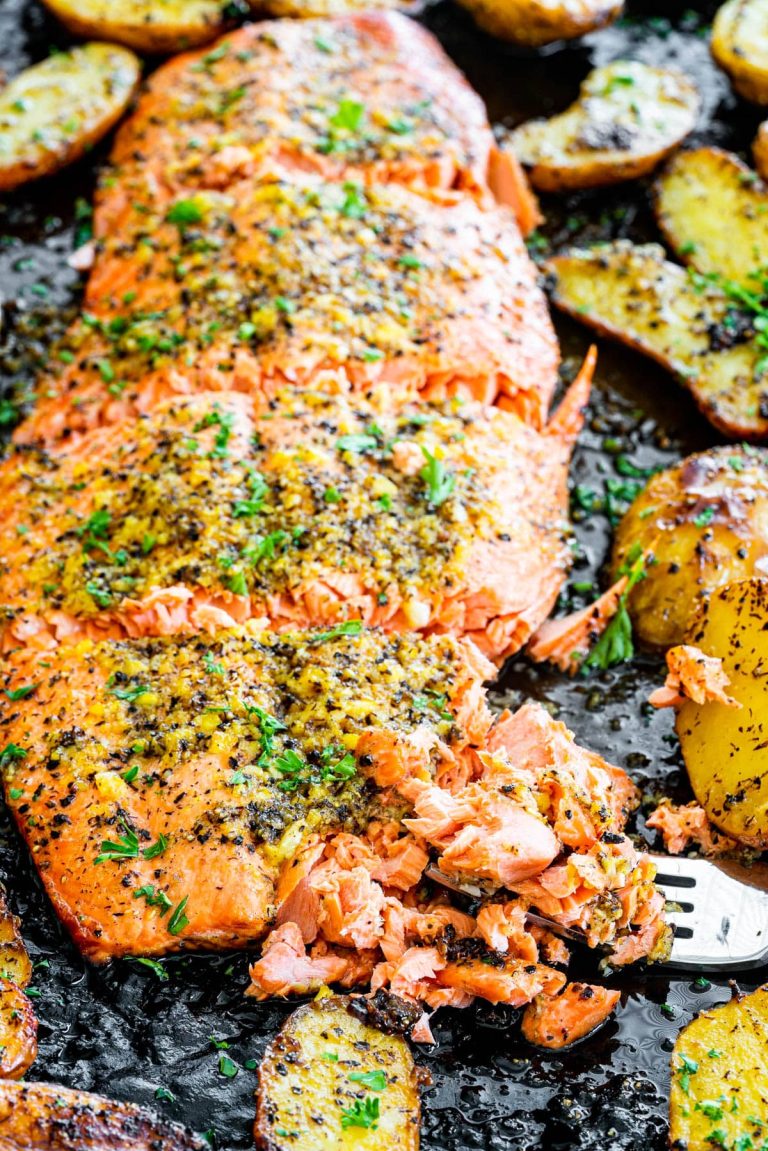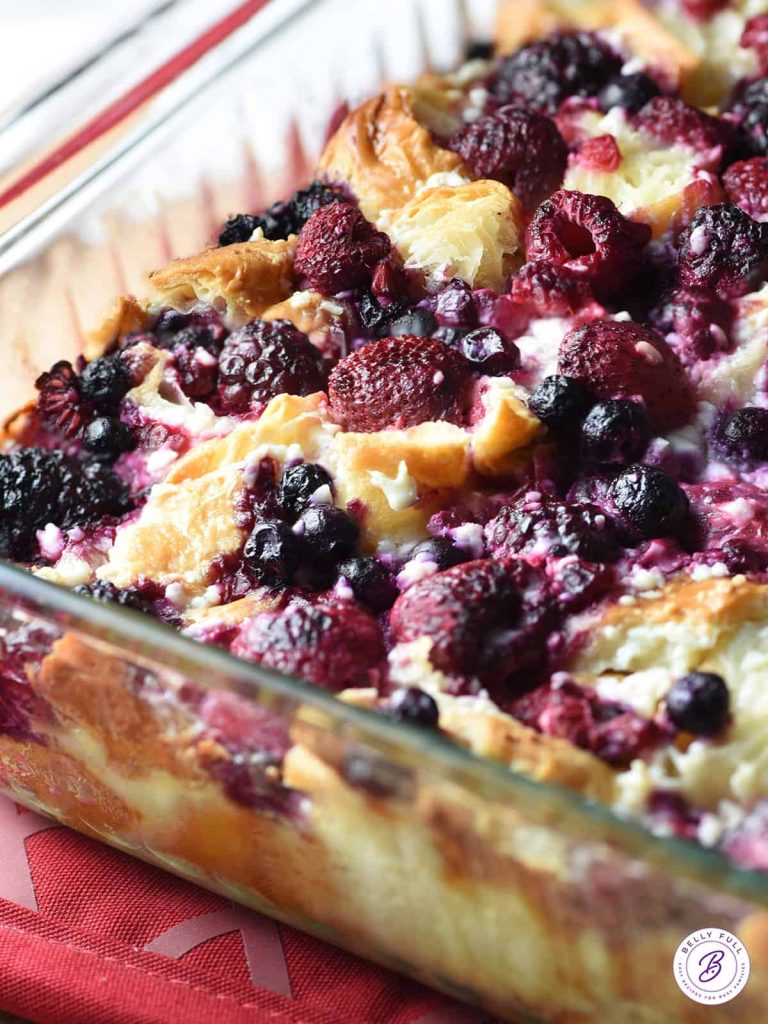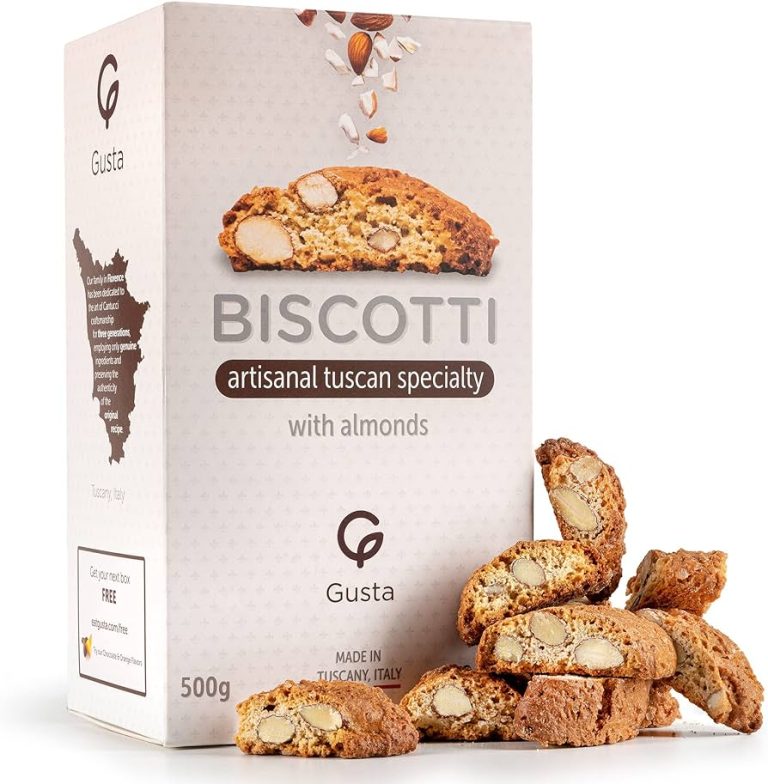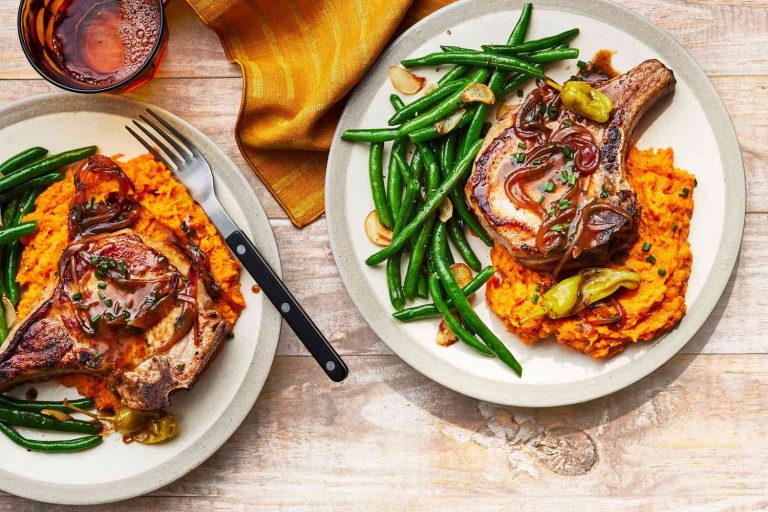Fresh Cherry Cobbler Recipe and Its Delicious Regional Variations
Fresh cherry cobbler, a traditional American dessert, boasts roots in early American history. English settlers, unable to create their beloved suet puddings due to lack of ingredients, adapted by baking fruit with a biscuit or dumpling crust. This practice laid the groundwork for what became cobblers. The addition of locally sourced cherries, abundant in the United States, elevated the dish’s popularity. Today, fresh cherry cobbler holds a nostalgic place in American culinary traditions, symbolizing resourcefulness and adaptation.
Regional Variations
The basic concept of a fresh cherry cobbler remains consistent while regional variations add distinct twists. In the Southern United States, biscuit toppings or lattice pie crusts often crown the cobbler. The Pacific Northwest, known for its cherry orchards, prefers sweeter cherry varieties and incorporates almonds in the topping. Meanwhile, Northeastern recipes might include streusel toppings and a hint of cinnamon for added warmth. Each region’s version reflects local tastes and available ingredients, showcasing the versatility and widespread appeal of this classic dessert.
Key Ingredients for the Perfect Fresh Cherry Cobbler
Choosing the Best Cherries
Select ripe, fresh cherries for the best flavor. Bing cherries, popular for their sweetness, create a balanced taste in cobblers. Montmorency cherries, tart yet flavorful, add a unique dimension. Remove pits to ensure a smooth texture. For convenience, pitted frozen cherries can be used. If mixing varieties, blend sweet and tart cherries to achieve a harmonious taste.
Essentials for the Cobbler Topping
Combine flour, sugar, and baking powder to form the dry base. Use butter for a rich flavor; cut it into the dry mix until crumbly. Incorporate milk or heavy cream to create a batter or dough. Biscuit toppings need a thicker consistency, whereas batter toppings should be pourable. Add a pinch of salt to enhance the flavors. Optional ingredients, like cinnamon or nutmeg, can provide extra warmth.
Step-by-Step Recipe for Fresh Cherry Cobbler
Preparing the Cherries
Begin by selecting ripe cherries such as Bing or Montmorency. Wash the cherries thoroughly to remove any dirt or pesticides. Using a cherry pitter, remove the pits to ensure a smooth texture in your cobbler. Combine the pitted cherries in a bowl with ¼ cup of sugar, 1 tablespoon of cornstarch, and 1 teaspoon of lemon juice. Stir the mixture until the cherries are evenly coated. Allow the cherries to macerate for at least 15 minutes, so they can release their juices and blend with the sugar.
Making the Cobbler Crust
In a separate bowl, mix 1 cup of all-purpose flour, 1 cup of sugar, 1 teaspoon of baking powder, and ¼ teaspoon of salt. Add 1 cup of milk or cream and ½ cup of melted butter to the dry ingredients. Stir until the batter is smooth but do not overmix. The batter should be thick and pourable. If you prefer, add a pinch of cinnamon or nutmeg to enhance the flavor of the crust. Pour the cherry mixture into a baking dish, then spread the crust batter evenly over the top. Make sure the batter completely covers the cherries for an even bake. Bake in a preheated oven at 350°F (175°C) for 45-50 minutes or until the crust is golden brown and the cherry filling bubbles.
| Ingredient | Amount |
|---|---|
| Ripe Cherries | 4 cups |
| Sugar | 1 ¼ cups (divided) |
| Cornstarch | 1 tablespoon |
| Lemon Juice | 1 teaspoon |
| All-Purpose Flour | 1 cup |
| Baking Powder | 1 teaspoon |
| Salt | ¼ teaspoon |
| Milk or Cream | 1 cup |
| Melted Butter | ½ cup |
| Cinnamon or Nutmeg | Pinch (optional) |
Serving and Pairing Suggestions
Ideal Accompaniments
Serving fresh cherry cobbler alongside various accompaniments can enhance its flavor and texture. Ice cream adds a creamy contrast, with vanilla or almond being popular choices. A dollop of whipped cream can provide a light, airy touch. For a richer experience, try pairing it with crème fraîche or mascarpone. Nuts like toasted almonds or pecans can offer a satisfying crunch.
Serving Temperatures
Serving temperature impacts the experience of fresh cherry cobbler. Warm cobbler, served immediately from the oven, offers a comforting, homey feel, and pairs well with cold accompaniments like ice cream. If you prefer a slightly denser texture, allow the cobbler to cool to room temperature. Refrigerated cobbler can be served cold for a firmer bite, though it can be gently reheated if desired.
Health Benefits of Cherries
Nutritional Content
Cherries, particularly Bing and Montmorency varieties, are nutrient-dense. They contain essential vitamins and minerals, including vitamin C, potassium, and fiber. One cup of fresh cherries has about 87 calories, 22 grams of carbohydrates, and 3 grams of fiber. The natural sugars in cherries can provide an energy boost without leading to a significant spike in blood sugar levels.
| Nutrient | Amount per 1 cup (154g) |
|---|---|
| Calories | 87 |
| Carbohydrates | 22g |
| Fiber | 3g |
| Vitamin C | 16% of Daily Value (DV) |
| Potassium | 10% of DV |
Potential Health Boosts
Cherries can contribute to reducing inflammation, thanks to their high antioxidant levels, including anthocyanins and polyphenols. These antioxidants may lower the risk of chronic diseases like heart disease and type 2 diabetes. Regular consumption can also support joint health by minimizing symptoms of arthritis and gout. Lastly, the melatonin in cherries might improve sleep quality, making them a multifaceted addition to your diet.
Conclusion
Fresh cherry cobbler isn’t just a dessert; it’s a delicious slice of American history. By using ripe cherries and the right toppings, you can create a dish that honors its origins while delighting your taste buds. Whether you’re drawn to the Southern biscuit topping or the Pacific Northwest’s sweet cherry and almond combo, there’s a version for everyone. Plus, with the added health benefits of cherries, you can enjoy this treat knowing it’s good for you too. So, gather your ingredients and whip up a fresh cherry cobbler that celebrates tradition and taste.
